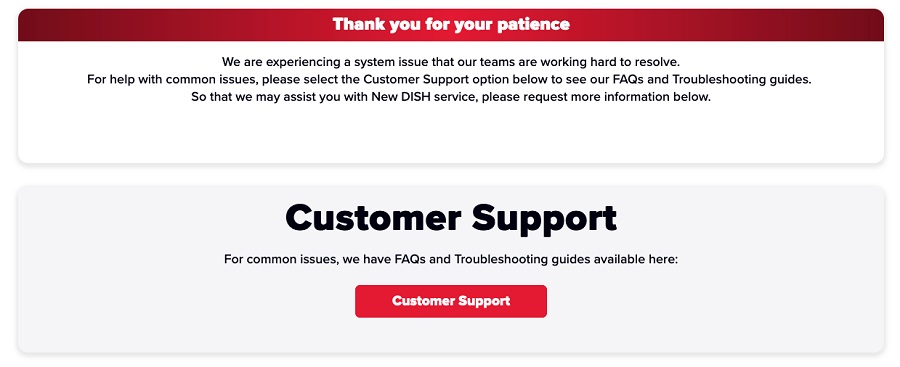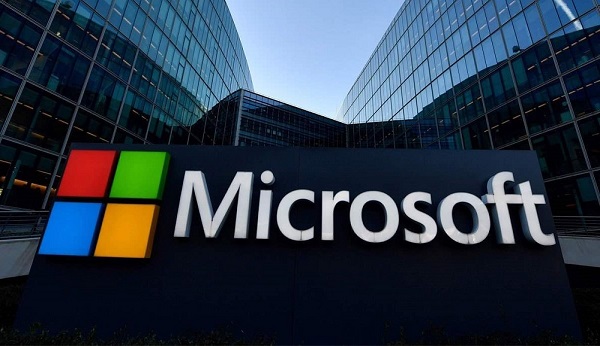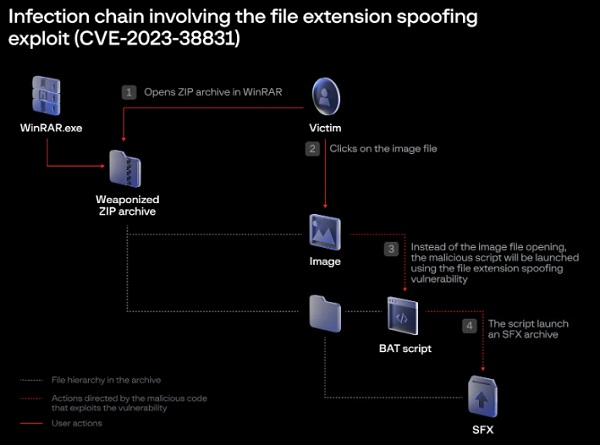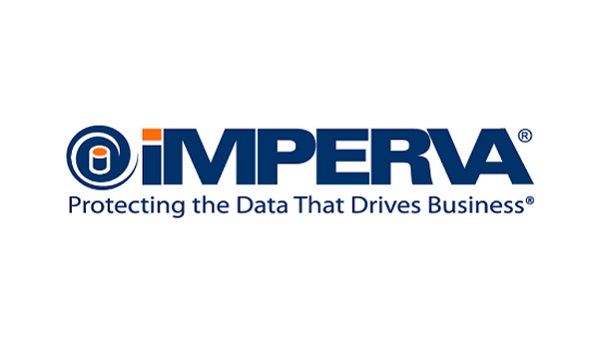Ransomware led to multiple DISH Network outages
DISH, a satellite broadcaster, has been dealing with a serious system issue for the past two weeks that has hampered a number of its services. Channels and websites are unavailable as a result, making it impossible for users to log in and some people couldn’t pay the bills DISH as a result of downtime.
There was a nagging suspicion that something might have gone wrong in the background. This uncertainty has shown to be accurate, as DISH has reported that ransomware is to blame for everything that might go wrong with DISH in relation to the US Securities and Exchange.
DISH filed an 8-K form, which is meant to describe the circumstance and update shareholders on significant occurrences.
On February 23, 2023, DISH reports that internal servers and IT telephony were impacted by a network outage. Because it has already been established that the interruption was caused by a cyber security issue, law enforcement was alerted, and security professionals were called in to evaluate the problem.

On February 27, 2023, DISH learns that data was taken from IT systems as a consequence of a ransomware assault. Whether or not this data contains personal information is uncertain at this time.
The inquiry and evaluation of the incident’s effects are still underway. The DISH, Sling, and cellular data networks continue to function, however, company internal communications, customer call centers, and internet sites have been impacted. Corporation is engaged in restoring the affected systems and making steady progress actively.
How to Prevent Ransomware:
- Detect Intrusions: By segmenting networks and carefully allocating access privileges, you may make it more difficult for intruders to function within your company. To spot anomalous behavior before an assault happens, use MDR or EDR.
- Write an incident response plan: After a ransomware attack, things may get chaotic. Create a strategy that details how you’ll contain an epidemic, interact with key players, and restore your systems.
See more: Strelastealer malware targeting Outlook and Thunderbird users
- Create offsite, offline backups: Keep backups offline and offshore so that attackers cannot access them. To ensure that you can quickly restore crucial business services, test them frequently.
- Stop malicious encryption: Set up endpoint detection and response software, such as Malwarebytes EDR, that can detect ransomware using a variety of detection methods.
- Block common forms of entry: Have a plan for rapidly correcting internet-facing system vulnerabilities; stop or harden VPNs and RDP remote access; and utilize endpoint security software that can identify malware and exploits used to spread ransomware.
Author: Sanjana Amale
We hope you found article interesting. For more exclusive content follow us on Facebook, Twitter and LinkedIn






